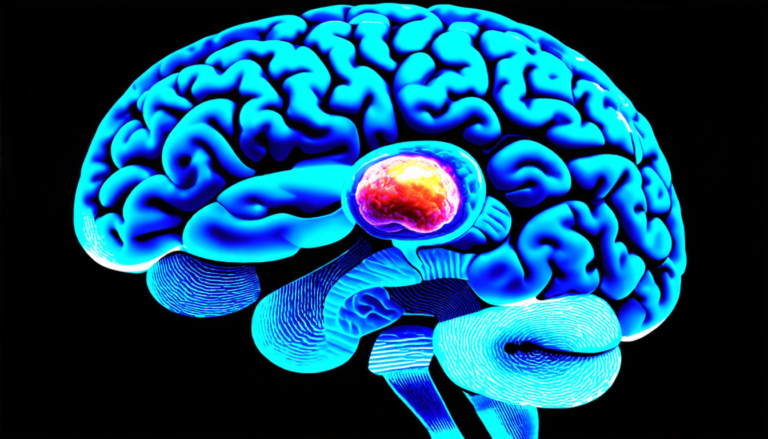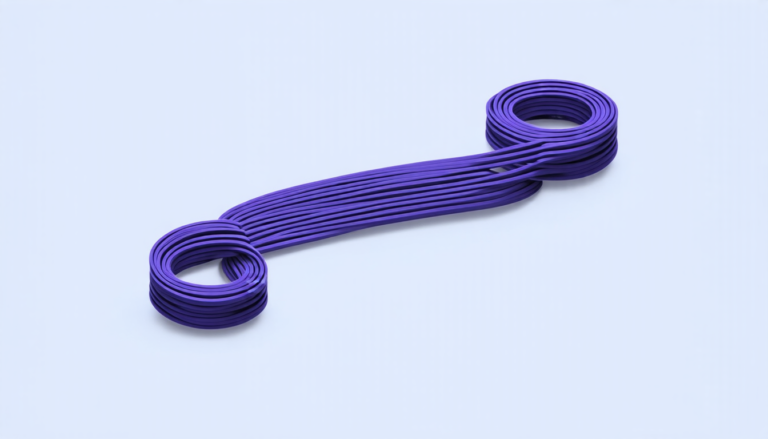Saturday 06 September 2025
The quest for a more accurate and efficient way to track small bodies in space has led scientists to develop a new, cutting-edge pose estimation algorithm. This innovative approach, dubbed COFFEE (Celestial Occlusion Fast FEature Extractor), promises to revolutionize the field of asteroid tracking by providing real-time pose estimates with unprecedented accuracy.
Traditionally, astronomers rely on classical methods such as SIFT and ORB to detect features on asteroids and estimate their position. However, these methods are prone to errors due to the opaque shadows that often obscure key features. Moreover, they require significant computational resources, making them unsuitable for deployment on spacecraft.
COFFEE addresses these limitations by leveraging a combination of deep learning techniques and domain-specific knowledge. The algorithm begins by associating salient contours with their projected shadows, effectively identifying invariant features that are resistant to motion-induced distortions. A sparse set of features is then detected using a Sparse Neural Network, which is followed by an attention-based Graph Neural Network that matches these features across successive frames.
The result is a pose estimation pipeline that not only outperforms classical methods in terms of accuracy but also runs at least three times faster. This speed and precision are crucial for asteroid tracking, as the ability to accurately estimate an asteroid’s position can make all the difference between successfully navigating a spacecraft to its destination or risking a costly mission failure.
The COFFEE algorithm has been tested on synthetic data and renderings of the tumbling asteroid Apophis, with impressive results. The team behind COFFEE is confident that their innovation will play a key role in future asteroid missions, including the upcoming OSIRIS-REx extended mission to Apophis.
COFFEE’s potential applications extend beyond asteroid tracking, however. Its ability to detect and match features in the presence of occlusion makes it an attractive solution for other challenging computer vision problems, such as autonomous navigation on Earth or even self-driving cars.
The development of COFFEE is a testament to the power of interdisciplinary collaboration between astronomers, computer scientists, and engineers. By combining their expertise and pushing the boundaries of what’s possible, researchers can create innovative solutions that transform our understanding of the universe and improve our daily lives.
Cite this article: “Celestial Occlusion Fast FEature Extractor: A New Era in Asteroid Tracking”, The Science Archive, 2025.
Asteroid Tracking, Pose Estimation, Coffee Algorithm, Deep Learning, Computer Vision, Asteroid Missions, Osiris-Rex, Autonomous Navigation, Self-Driving Cars, Image Processing







